Necromancers are an option for the Wizard class in Baldur’s Gate 3. The Necromancer is a powerful archetype for your protagonist, so long as you build it correctly.
In Baldur’s Gate 3, all classes have access to Necromancer spells as well. Here’s the best BG3 Necromancer build.
Related: Baldur’s Gate 2’s Slayer Form Makes Surprise Return in Baldur’s Gate 3
The Benefits of Playing a Necromancer in Baldur’s Gate 3
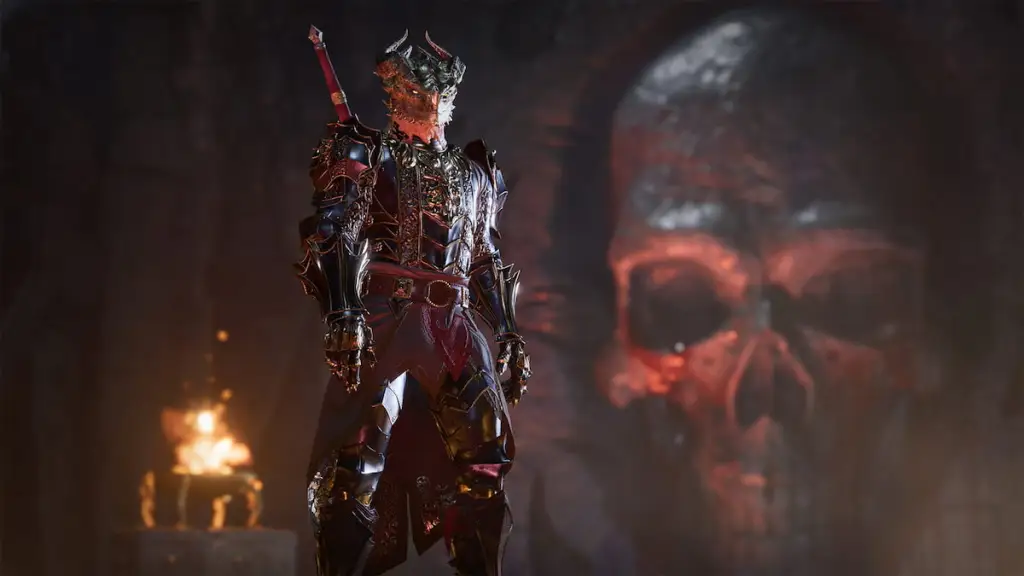
The Wizard is a primary spellcaster class with the ability to learn all the spells on its list, so long as you can find enough spell scrolls and gold to scribe them into your book. If you select the School of Necromancy subclass, then you’ll receive the following benefits as you level up:
- Grim Harvest (Level 2) – If you kill a non-Undead/Construct enemy with a spell, you regain hit points equal to twice the spell’s level, or three times if it’s a Necromancy spell.
- Animate Dead (Level 6) – You add the Animate Dead spell to your spellbook. This can be cast on an enemy corpse to turn them into a skeleton or a zombie under your command. You can cast it at a higher level to summon stronger undead.
- Undead Thralls: Additional Undead (Level 6) – You can now raise an additional undead when casting Animate Dead.
- Undead Thralls: Better Summons (Level 6) – The undead you summon with Animate Dead now add your Wizard level to their Maximum hit point score and add your Proficiency Bonus to their damage.
- Inured to Undead (Level 10) – You now resist Necrotic damage, and your maximum hit point score cannot be lowered.
With all these abilities in hand, the Necromancer is the best summoner build in Baldur’s Gate 3, as you also gain access to most of the Conjuration summoning spells, such as Conjure Elemental. This means that you’re the master of summoning pets to run interference, to give your Rogue the extra body that will let them perform Sneak Attacks, and to rush enemy mobs.
The Best Race & Feats for a Necromancer in Baldur’s Gate 3
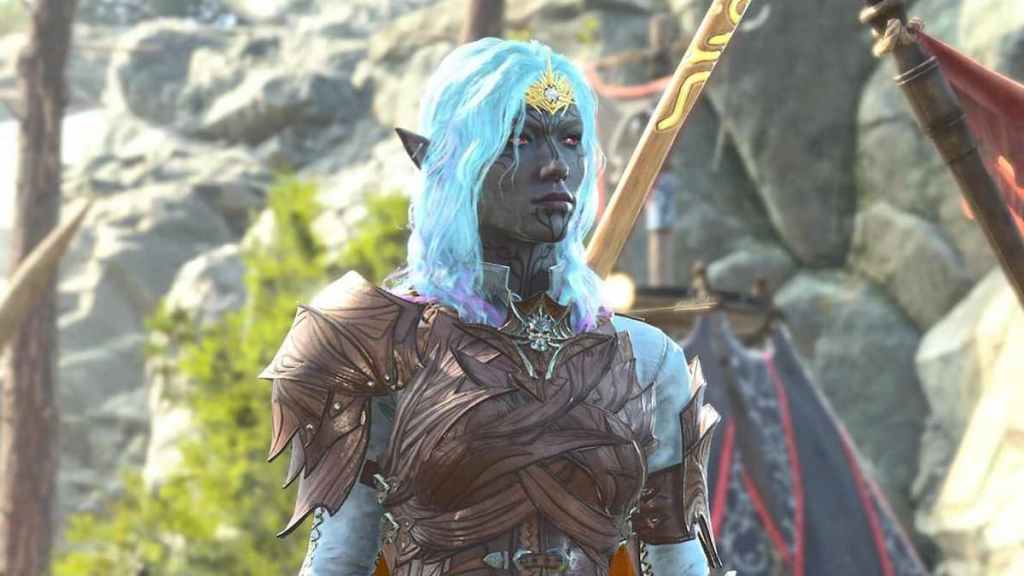
As Baldur’s Gate 3 dropped the racial stat bonus rules when it left Early Access, your choice of race isn’t as important as before. You should always play the race that appeals to you the most, but if you care more about mechanical benefits, then these are your best options:
- Asmodeus Tiefling – This race gives you Fire resistance, Darkvision, and extra spells as you level up (Produce Flame at level 1, Hellish Rebuke at level 3, and Darkness at level 5), all of which are extremely useful tools for your character.
- Githyanki – This race gives you Astral Knowledge (pick a Skill proficiency when you Long Rest), Martial Prodigy (several weapon proficiencies, as well as Light and Medium Armor Proficiency), and several spell-like abilities over your progression, with Githyanki Psionics: Mage Hand at level 1, Githyanki Psionics: Jump at level 3, and Misty Step at level 5.
- Shield Dwarf – This race gives you Advantage on Poison saving throws and resistance to Poison damage, Darkvision, and several weapon proficiencies. More importantly, it gives you Light and Medium Armor Proficiency, allowing you to equip better gear and turn Dexterity into a dump stat.
Regarding Feats, you’ll have access to three of them throughout your progression, as you get one at level 4, level 8, and level 12. These are the best Feat choices for your Necromancer:
- Ability Score Improvement – You should use this to boost your Intelligence stat to 20 as soon as possible, which means you might need to take it twice. Boosting your Intelligence stat will increase your Spell Attack and Spell Save DC bonus, which are vital tools to use in combat.
- Ritual Caster: Use this to cast spells like Longstrider (to give you extra movement) or Find Familiar (summon an extra monster to fight in battle) without spending precious spell slots.
- Spell Sniper – Use this Feat to learn Eldritch Blast, as it’s the best Cantrip in the game and is usually exclusive to Warlocks. You now have a powerful Cantrip to spam on turns when you’re not burning spell slots, and you also crit on a 19-20.
Best Stat Distribution for Necromancer
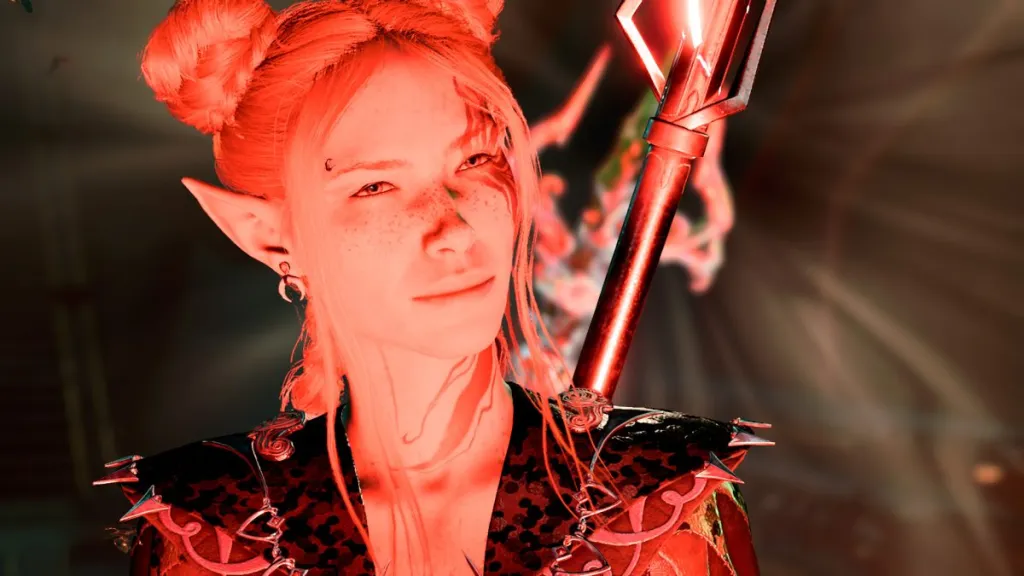
Since Necromancers are wizards, you’ll want to prioritize the Intelligence stat. The Intelligence stat increases spell damage and a chance to hit. It will also improve Intelligence based dice rolls. Dexterity is the second most important, as this improves your mage armour and chance to avoid enemy spell damage. Here’s our recommended stat distribution down below.
- Strength: 8
- Dexterity: 16
- Constitution: 14
- Intelligence: 16
- Wisdom: 10
- Charisma: 10
Best Spells to Pick for Your Necromancer

As Baldur’s Gate 3 has a level cap of 12, your Necromancer will only ever be able to cast level 6 Wizard spells. Luckily, you can learn all of the spells on your list, but you are limited in how many you can prepare each day. These are the best spells for your Necromancer to use in Baldur’s Gate 3:
- Cantrip: Bone Chill, Friends, Poison Spray
- Level 1: Find Familiar, Ray of Sickness, Magic Missile, Sleep, Grease
- Level 2: Blindness, Ray of Enfeeblement, Shatter, Web
- Level 3: Animate Dead, Vampiric Touch, Fireball, Haste, Counterspell
- Level 4: Blight, Banishment, Polymorph, Confusion, Wall of Fire
- Level 5: Contagion, Dethrone, Conjure Elemental, Planar Binding
- Level 6: Circle of Death, Create Undead, Eyebite, Disintegrate
The Best Party Members to Aid Your Necromancer in Baldur’s Gate 3
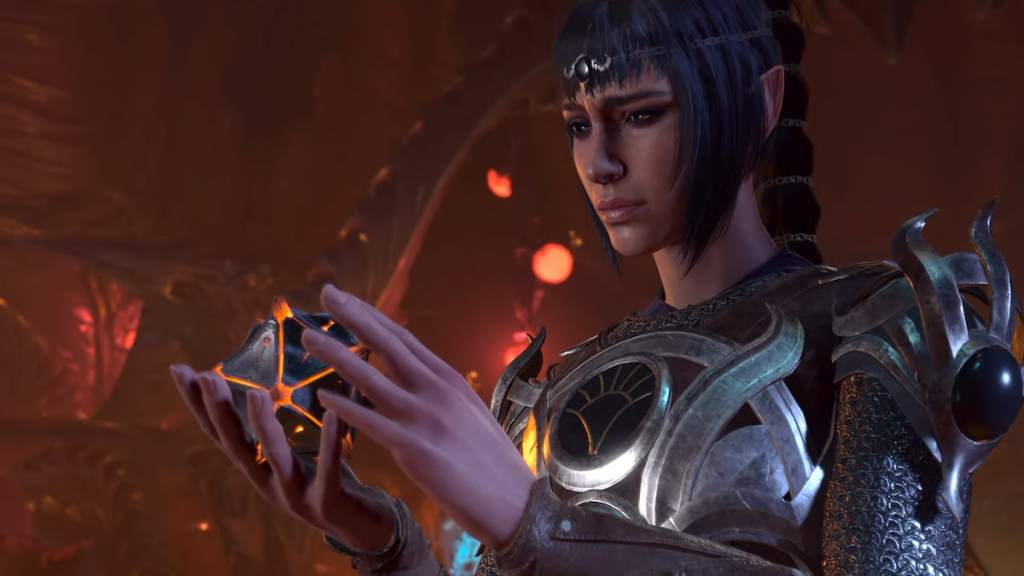
If your protagonist is going to be the Necromancer of the group, then it’s best to stick with the classic four-man D&D archetypes. You’ll need to ditch Gale and Wyll, as you’re the primary spellcaster of the group. Instead, you’ll need Shadowheart as your healer and buffer, Astarion as your striker and designated trap/lock breaker, and Lae’zel or Karlach as your warrior. Both are excellent choices, but Lae’zel’s extra Feats and better armor options make her the superior choice, in my opinion. That being said, Karlach can still fill the role without issue.
Related: Baldur’s Gate 3: What’s the Level Cap?
If you plan on turning Gale into the Necromancer, your protagonist’s class will determine the rest of the party’s makeup. If you want to play a warrior, then bring Astarion and Shadowheart with you; if you want to play a Rogue or Ranger, then bring Shadowheart and Lae’zel/Karlach with you; or if you want to play a healer, bring Astarion and Lae’zel/Karlach with you.
Necromancers in BG3 are one of the most powerful magic-based classes one can pick. Don’t forget that Sorcerers and Wizards are also very powerful in their own right, and you should consider them too when deciding on a class.

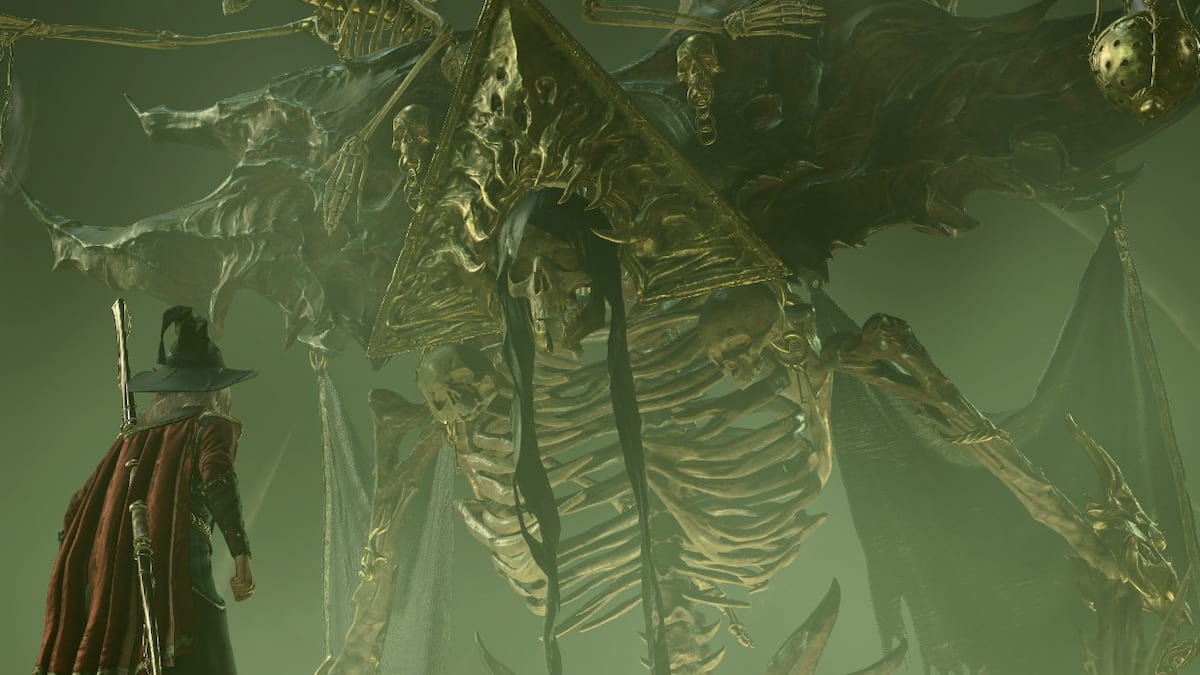
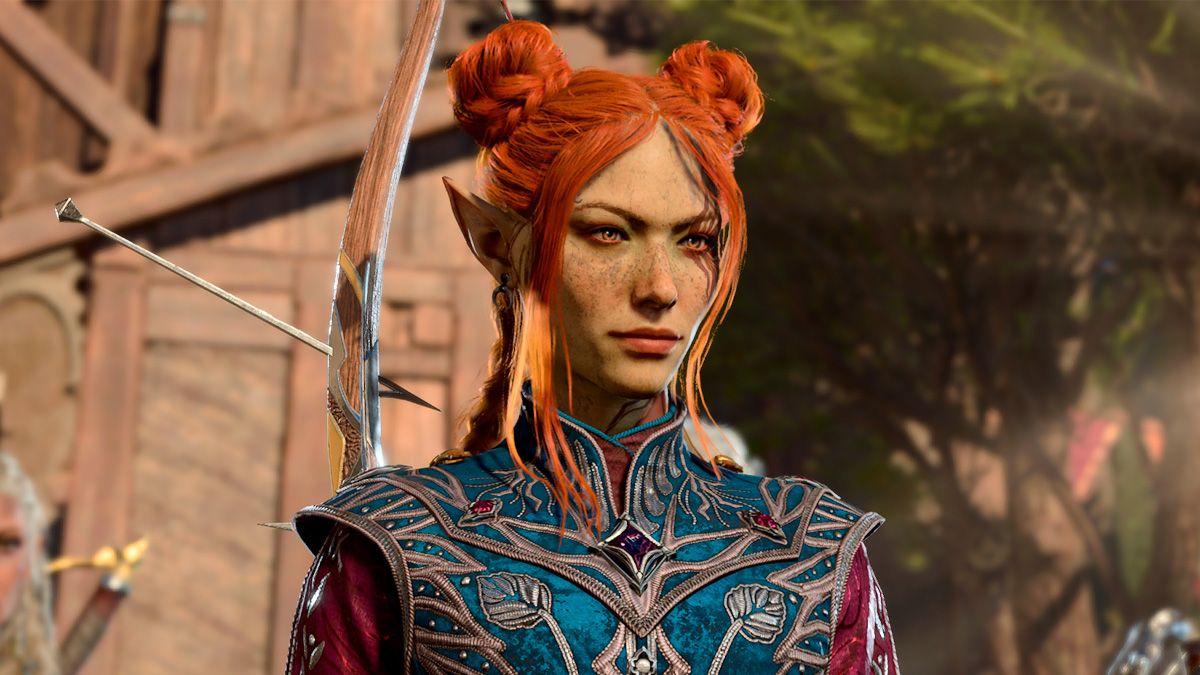
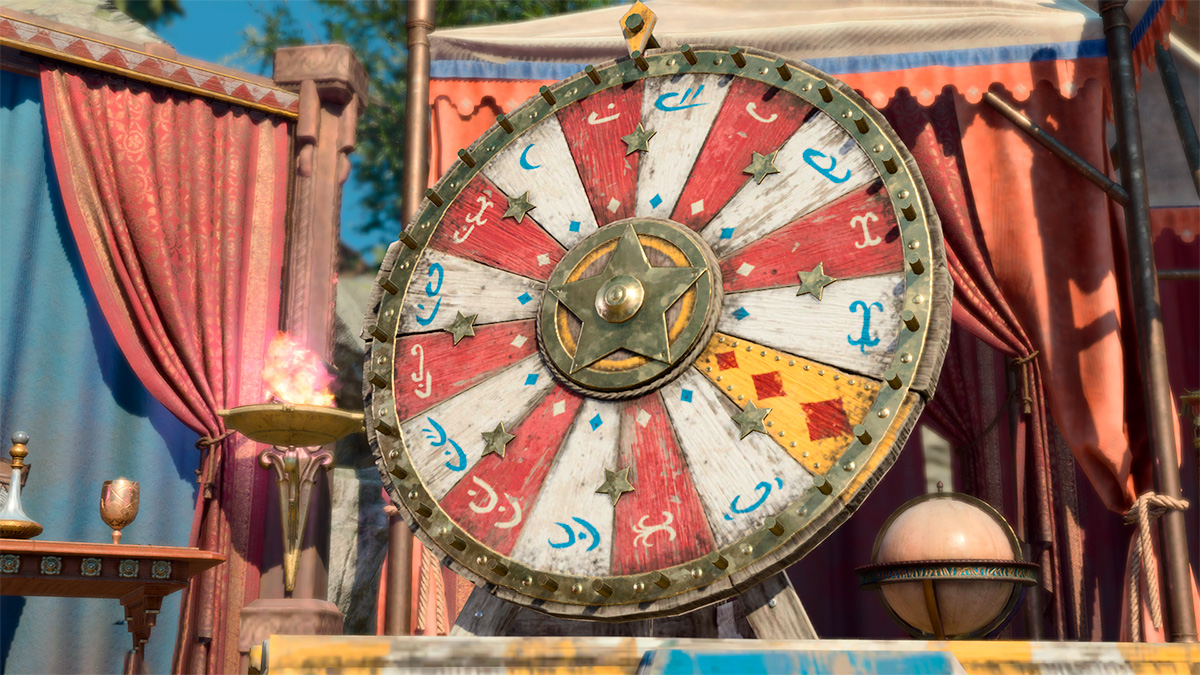
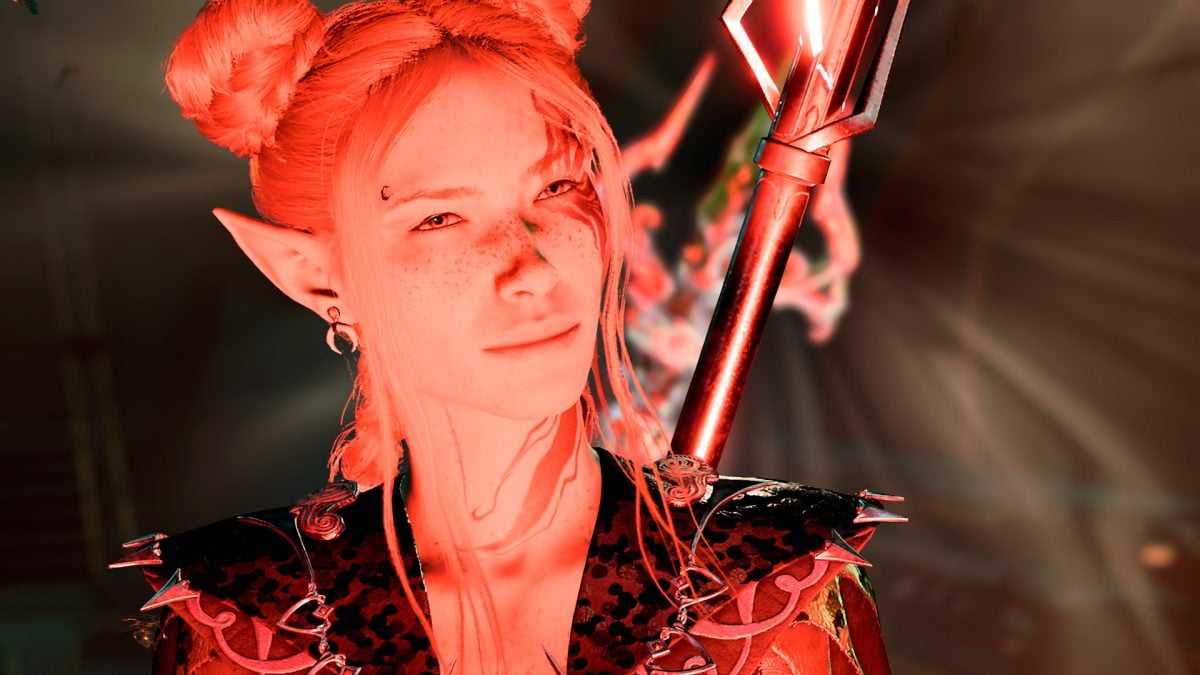
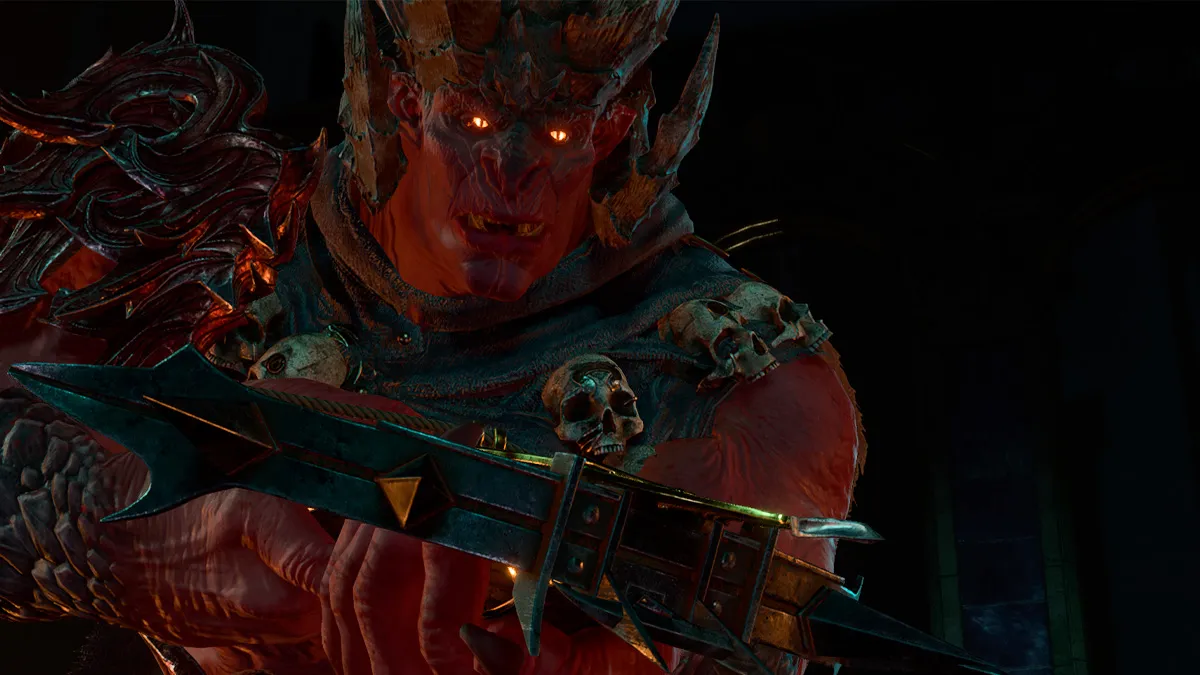

Published: Jan 17, 2024 04:02 pm